How to: Stencil With Discharge Paste for an Elegant Autumn Table

by
Royal Design Studio
(IC: professional)
Summer is fading and soon Fall will be upon us, with more time spent indoors. What a perfect time for a quick stencil project to brighten your tabletop through the Thanksgiving season. This tutorial walks you through the easy steps to stencil with discharge paste and a maple leaf stencil. It can be used on an existing cotton tablecloth or one you create with purchased fabric.
Stencil Supplies
Stencil with Discharge Paste Step-by-Step
Different fabrics use different kinds of dyes, so your color removal can be more or less that what is shown here. But part of the beauty of stenciling with Discharge Paste is that the color removal can be very random. You can also play with the amount of color removal by varying the amount of pressure on the iron and time you hold it over the Discharge Paste to create different effects. Less time and pressure = less color removal.
Enjoyed the project?
Published October 23rd, 2014 11:53 AM



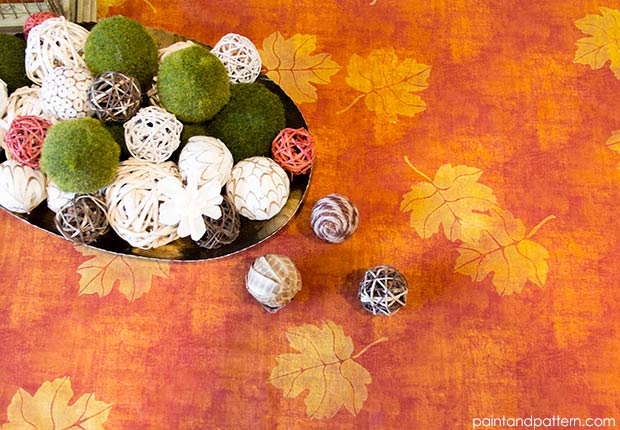


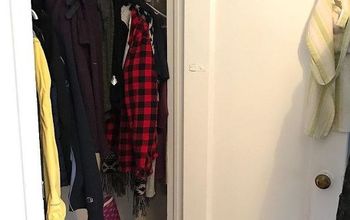
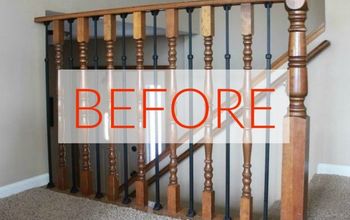
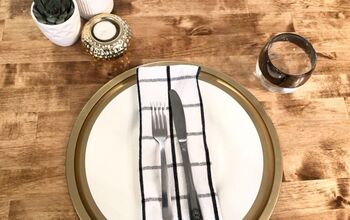
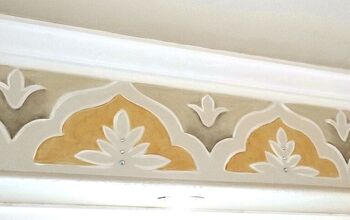


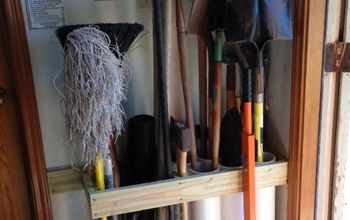
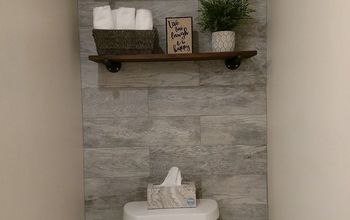


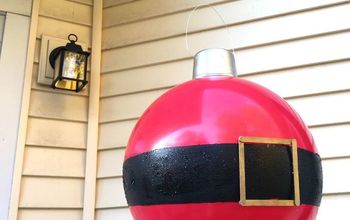
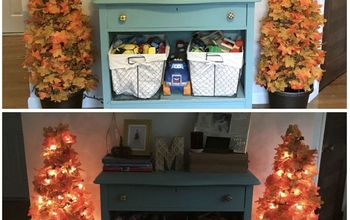
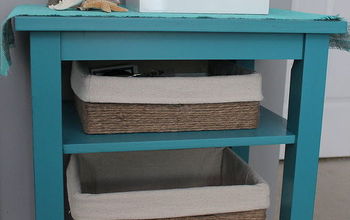

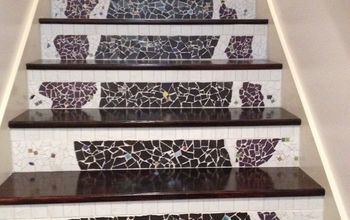


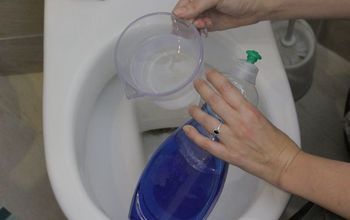

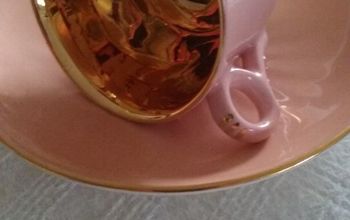
Frequently asked questions
Have a question about this project?